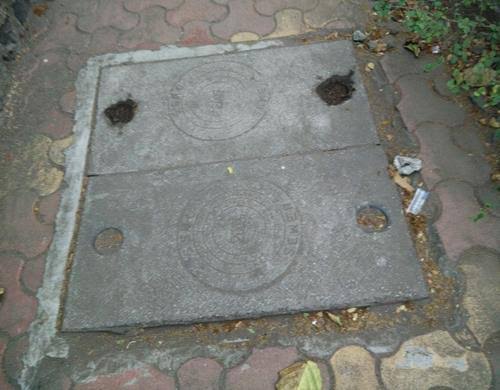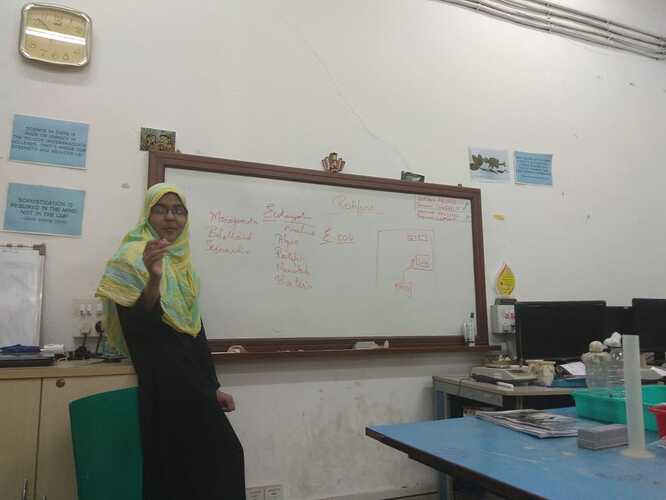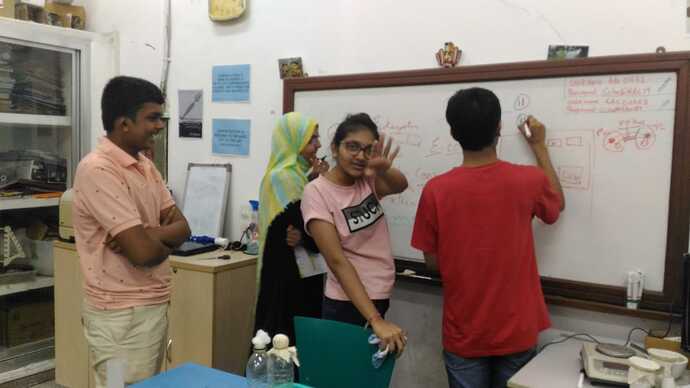2019-11-07T18:30:00Z
In today’s causerie which was presented by @saida we discussed about the basics of pagalopos i.e what is pagalopos - manholes present on gutter lids, why do we use pagalopos and how do we find rotifers from pagalopos and culture them.

After this, we discussed what is rotifers, how do we isolate rotifers from pagalopos and why is rotifer an important organism for studying Horizontal gene transfer(HGT) . But before diving into HGT we tried to clear the basics to know how gene transfer takes in bacteria in the first place…
Gene transfer in bacteria takes place through the following process :
transformation : a bacterium takes up a piece of DNA floating in its environment.
transduction : DNA is accidentally moved from one bacterium to another by a virus.
conjugation : DNA(in the form of plasmid) is transferred between bacteria through a tube(pilus)between cells.
Transposable elements : are chunks of DNA that “jump” from one place to another. They can move bacterial genes that give bacteria antibiotic resistance or make them disease-causing.
In bacteria, reproduction can be very fast, with a generation taking little more than a few minutes for some species. This short generation time, together with random mutations and the mechanisms of genetic recombination, allow bacteria (and other prokaryotes) to evolve very quickly.
Is that a good thing? It depends on your perspective. Rapid evolution means that bacteria can adapt to environmental changes, such as the introduction of an antibiotic, very quickly. That’s good for them—but bad for us, when we are the ones with the infection!
Horizontal gene transfer (HGT), the movement of genes from one organism to another by means other than direct descent (vertical inheritance), has been documented in prokaryotes and in some parasitic unicellular eukaryotes.
The rotifers are a phylum of tiny animals which are common in freshwater environments, such as ponds and puddles (pagalopos in our case) . About 2200 species of rotifers have been described. Fossils of the species Habrotrocha angusticollis have been found in 6000 year old Pleistocene peat deposits. The oldest known fossil rotifers have been found in Eocene Dominican amber.
The rotifers are of significance because gene transfer takes place in bacteria (prokaryotes) but rotifers is the only eukaryote which shows the presence of bacterial genes and therefore it is proposed that HGT takes place in rotifers through the bacteria which it eats!
Reference : https://www.researchgate.net/publication/5338663_Massive_Horizontal_Gene_Transfer_in_Bdelloid_Rotifers
The difference between rotifers and bacteria were pointed out, how do antibiotics affect bacteria and which part of bacteria do they affect - the cell wall.
A lot of questions were asked such as
- If rotifers had genes similar to bacteria, couldn’t it be possible that rotifers and bacteria share a common ancestor?
- Humans have 147 genes common to bacteria
Reference : https://www.sciencemag.org/news/2015/03/humans-may-harbor-more-100-genes-other-organisms
So has HGT taken place in us humans as well?
- How is a single plasmid passed on from one bacteria to another? What is the size of plasmid? Is it circular or linear? Does bacteria contain one or many plasmids?
After this we had a heated🔥 debate and continued a little on yesterday’s causerie and me, @Harshita Bhanushali @RitikBaviskar @HarshadSir @Zahra @Saida @GauraV were discussing the exact process of mitosis and meiosis and why does 2n(46) number of chromosomes result to the formation of 4 single n(23) number of gametes (n, n, n, n) in meiosis and how does recombination (a process by which pieces of DNA are broken and recombined to produce new combinations of alleles ) takes place during meiosis and how the gametes are different from parent DNA i.e how does the offspring can have different combinations of genes than their parents.

